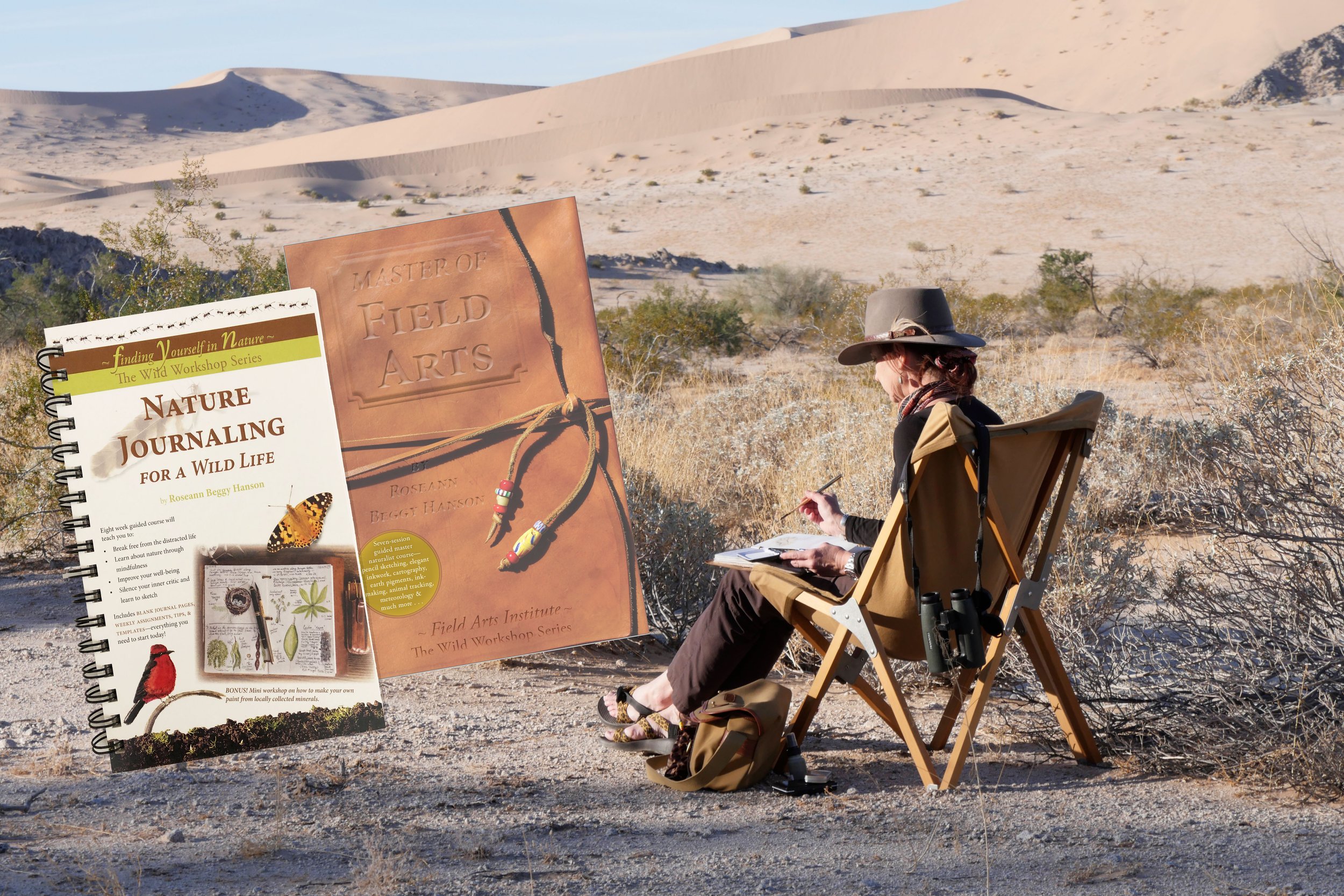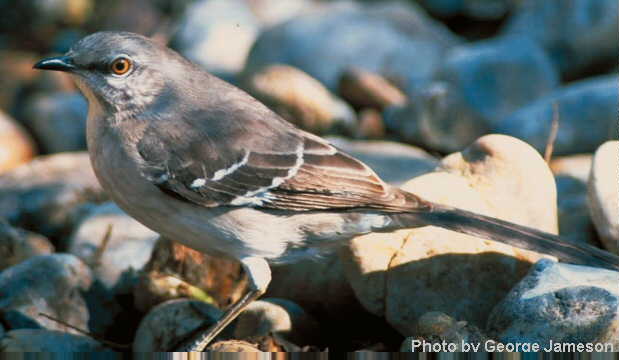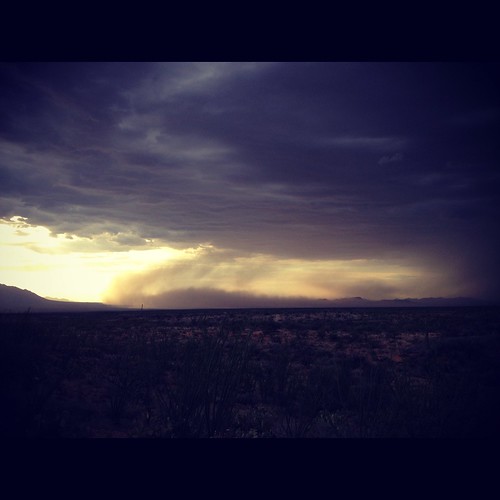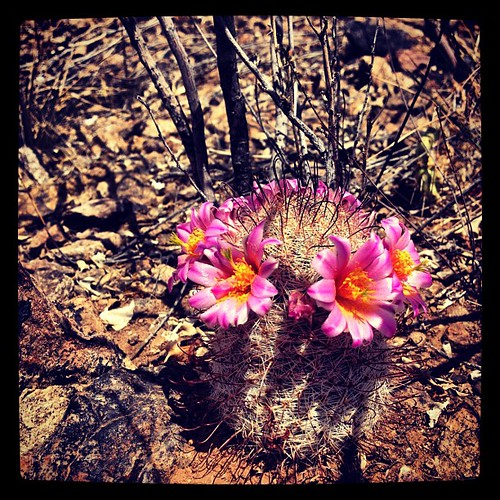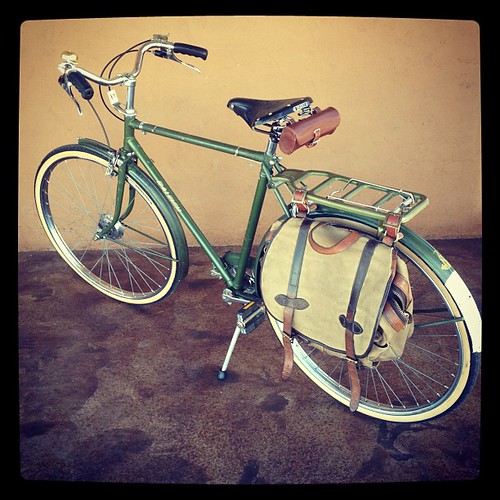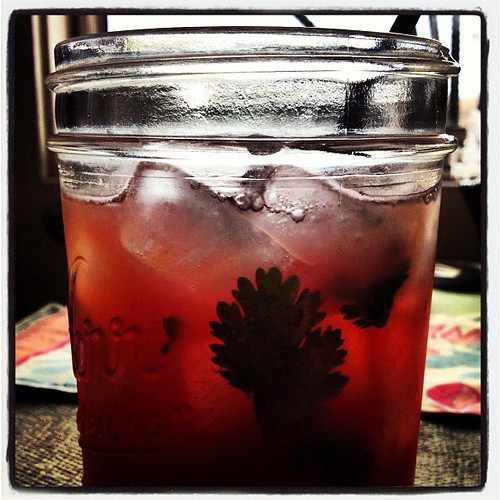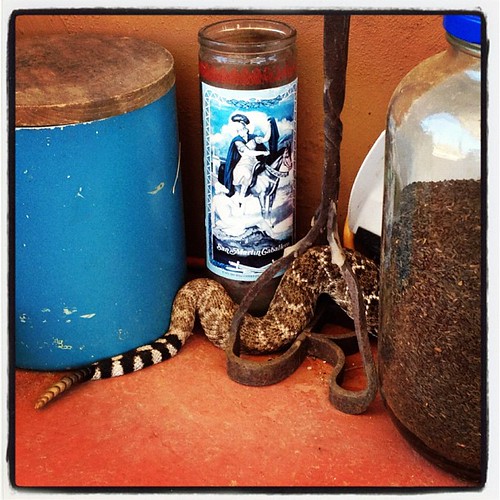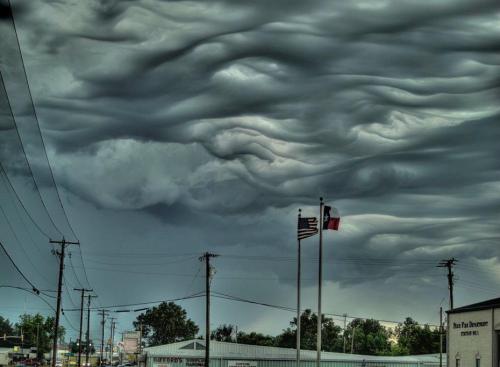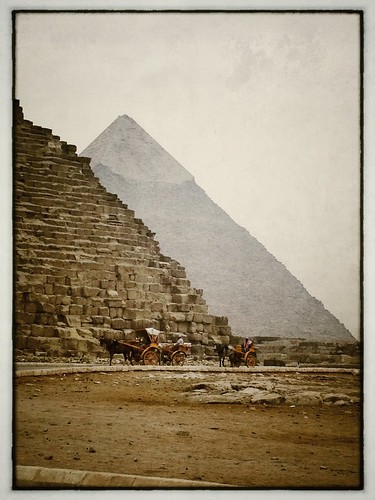Starting at dawn (when this audio was recorded), they have been singing non-stop all day every day, and when the moon was more full, well into the night.
We have counted sixteen distinct species (at least) that they are mimicking—greater peewee, lesser nighthawk, American kestrel, Cassin’s kingbird, cactus wren, and Gambel’s quail, to name a few.
While we need to confirm it, it seems that they actually do tend to sing time-appropriate songs. For example, one of them sings Cassin’s kingbird's mostly-dawn and -dusk call right at dawn or dusk.
Anyone else notice this same phenomenon?
Photo credit: USGS Patuxent Bird Identification InfoCenter, George Jameson
Update on July 21: one of the birds sang most of the night last night, with a near-new moon and cloud cover.

